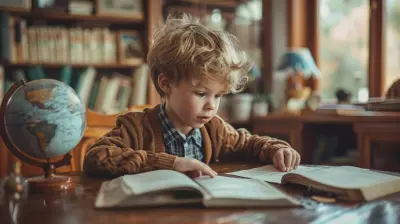The Role of Play in Learning: How to Incorporate Play-Based Strategies
25 October 2025
Let’s be honest — when we think about learning, we often imagine textbooks, lectures, and endless note-taking. But what if I told you that play can be one of the most powerful tools in education? Yep, that same thing kids do instinctively — running, pretending, building, imagining — can actually be a cornerstone of meaningful learning. Shocking? Maybe. True? Absolutely.
In this article, we're diving into how play isn’t just fun and games — it’s serious business when it comes to education. Whether you're a parent, teacher, or someone who just loves working with kids, learning how to incorporate play-based strategies can completely shift the way you approach learning.
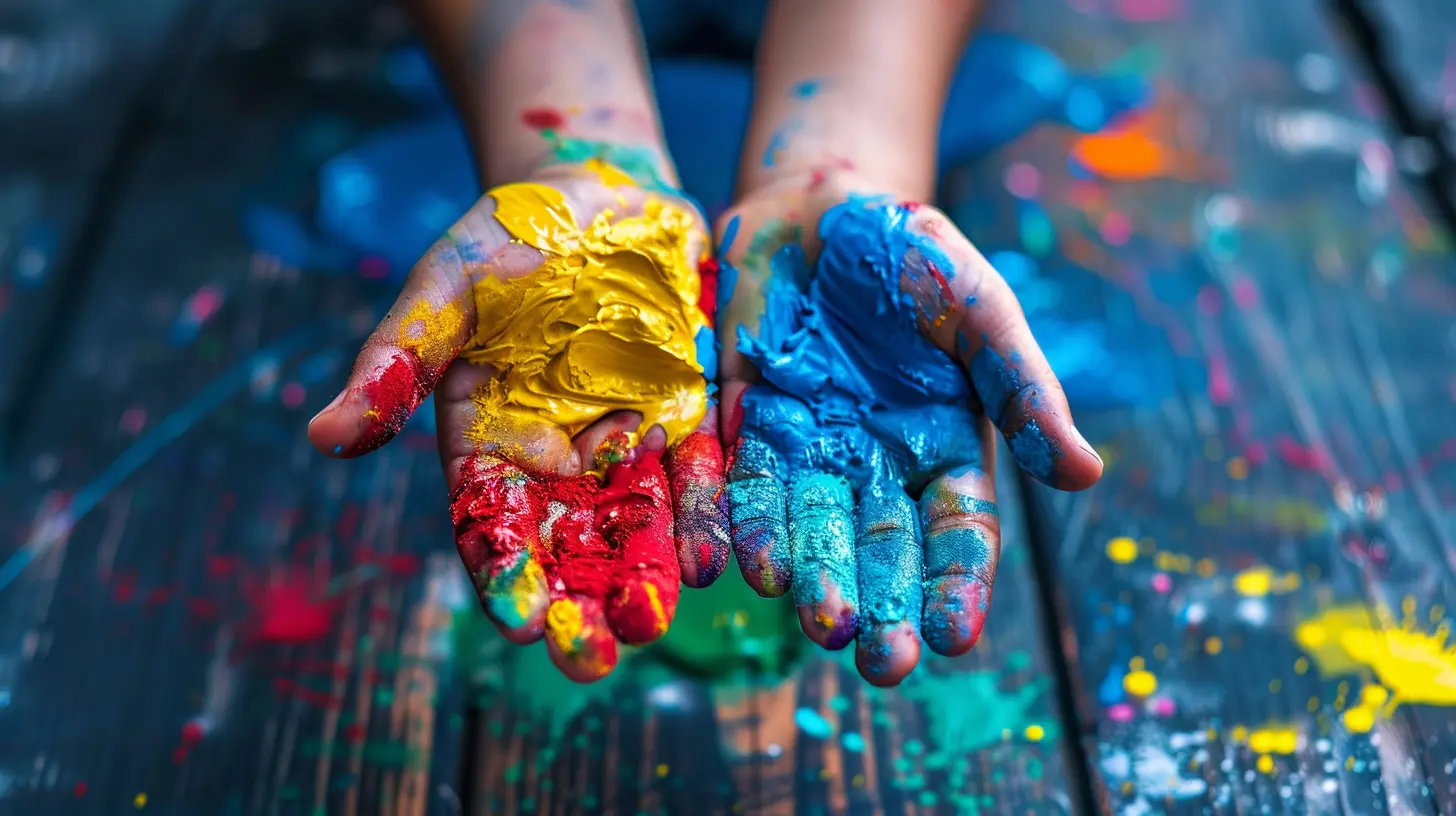
What Is Play-Based Learning?
Okay, so what exactly is play-based learning? In simple terms, it’s a teaching method that uses play as the foundation for learning. It’s not about handing kids some toys and stepping back. Nope, it’s a thoughtful, intentional approach where play is used to help children develop social, emotional, cognitive, and physical skills.Imagine a child building a LEGO tower. They’re not just stacking bricks — they’re problem-solving, planning, doing trial and error, and maybe even cooperating with a friend. It’s learning happening in real time, just dressed in fun clothes.
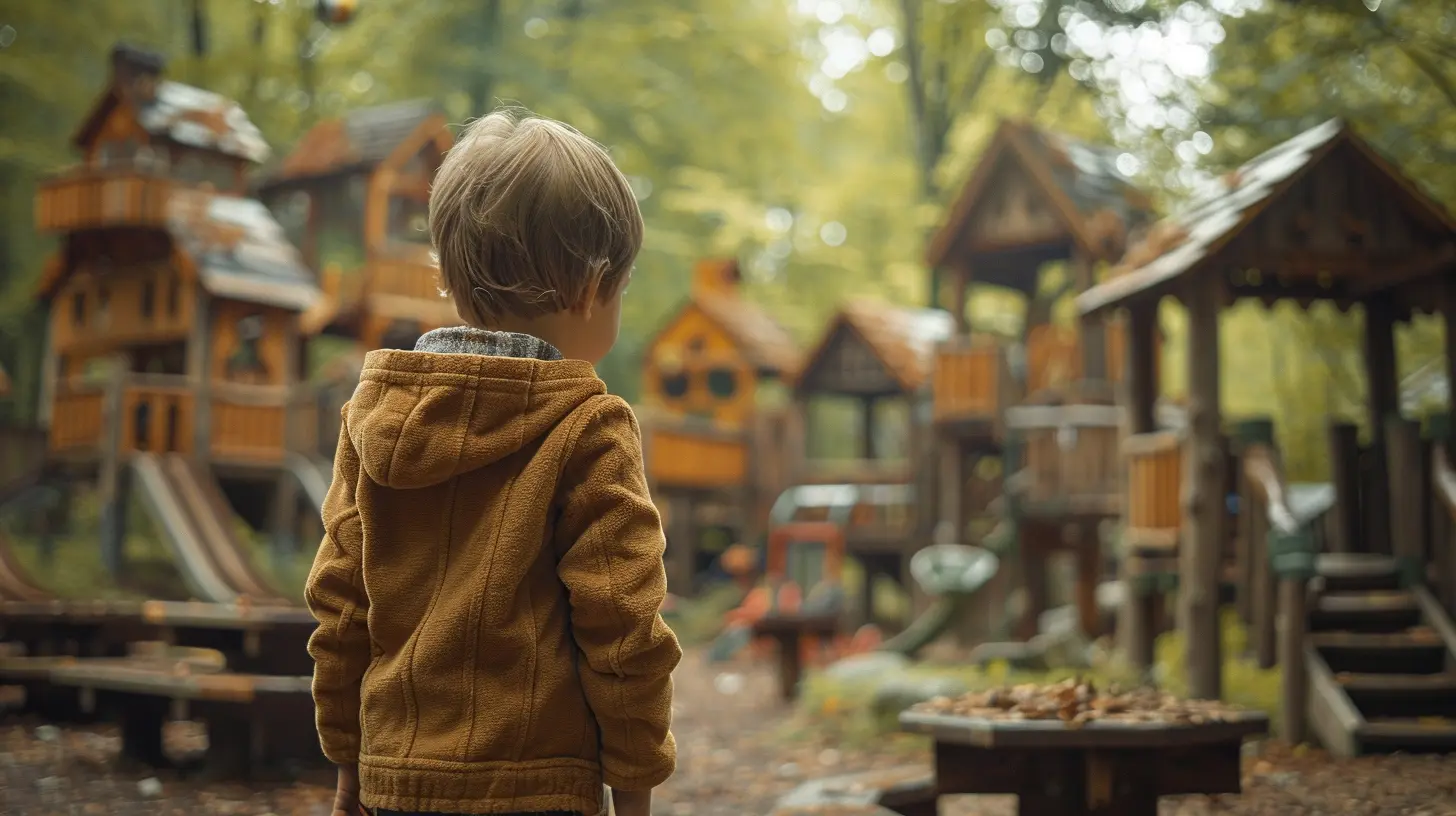
Why Play Matters in Learning
You might be wondering, why all the fuss about play? Isn’t it just about having fun? Actually, play is like a workout for the brain. Here's why it's so important:1. Builds Cognitive Skills
Play sparks curiosity. When children explore through play, their brains are firing on all cylinders. They’re analyzing, predicting, testing outcomes — all critical thinking skills that traditional methods might not always engage.2. Supports Social and Emotional Growth
Through cooperative games or pretend play, kids learn empathy, negotiation, and self-regulation. That’s huge. Think about it — how often do adults struggle with these same skills?3. Encourages Creativity and Imagination
Play gives kids the freedom to think outside the box. Whether they’re pretending to be astronauts or chefs, they’re stretching their imagination and building creative confidence.4. Enhances Language Development
When playing with others, children naturally communicate — asking questions, explaining their ideas, reacting to scenarios. It’s communication bootcamp, but way more fun.5. Boosts Physical Development
Don’t forget the physical benefits. Running, jumping, and building all help develop motor skills and coordination.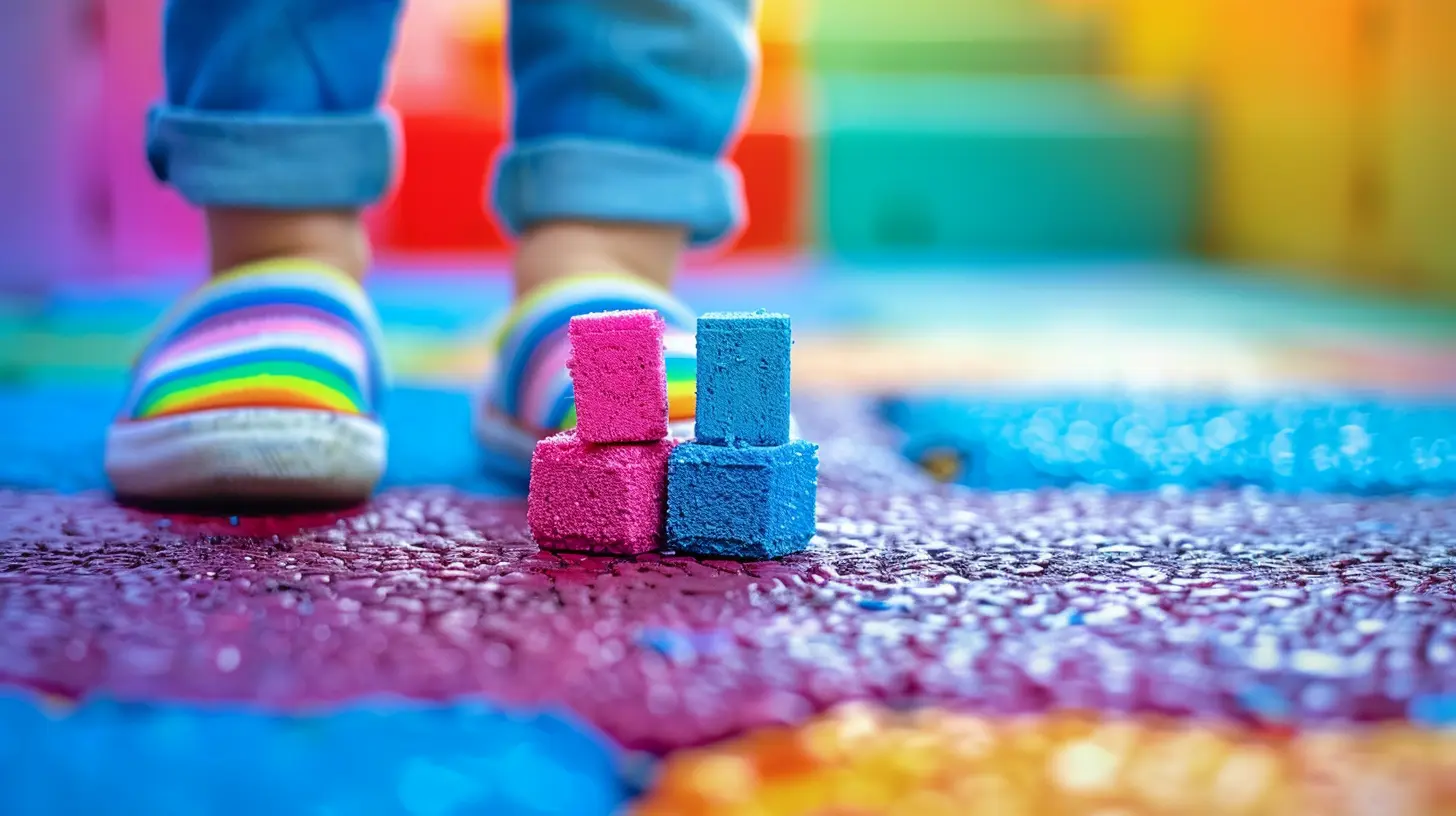
The Science Behind Play
There's a growing body of research backing up what many educators and developmental psychologists have believed for years — play is essential to learning. The American Academy of Pediatrics, for instance, emphasizes that play is not a luxury, but a necessity. Neuroscience studies show that activities involving play activate areas of the brain responsible for decision-making, emotion, and problem-solving.Think of play as the brain’s natural state of learning. When kids engage in playful activities, they're engaged emotionally and intellectually. That's the golden zone — where deep and durable learning takes place.
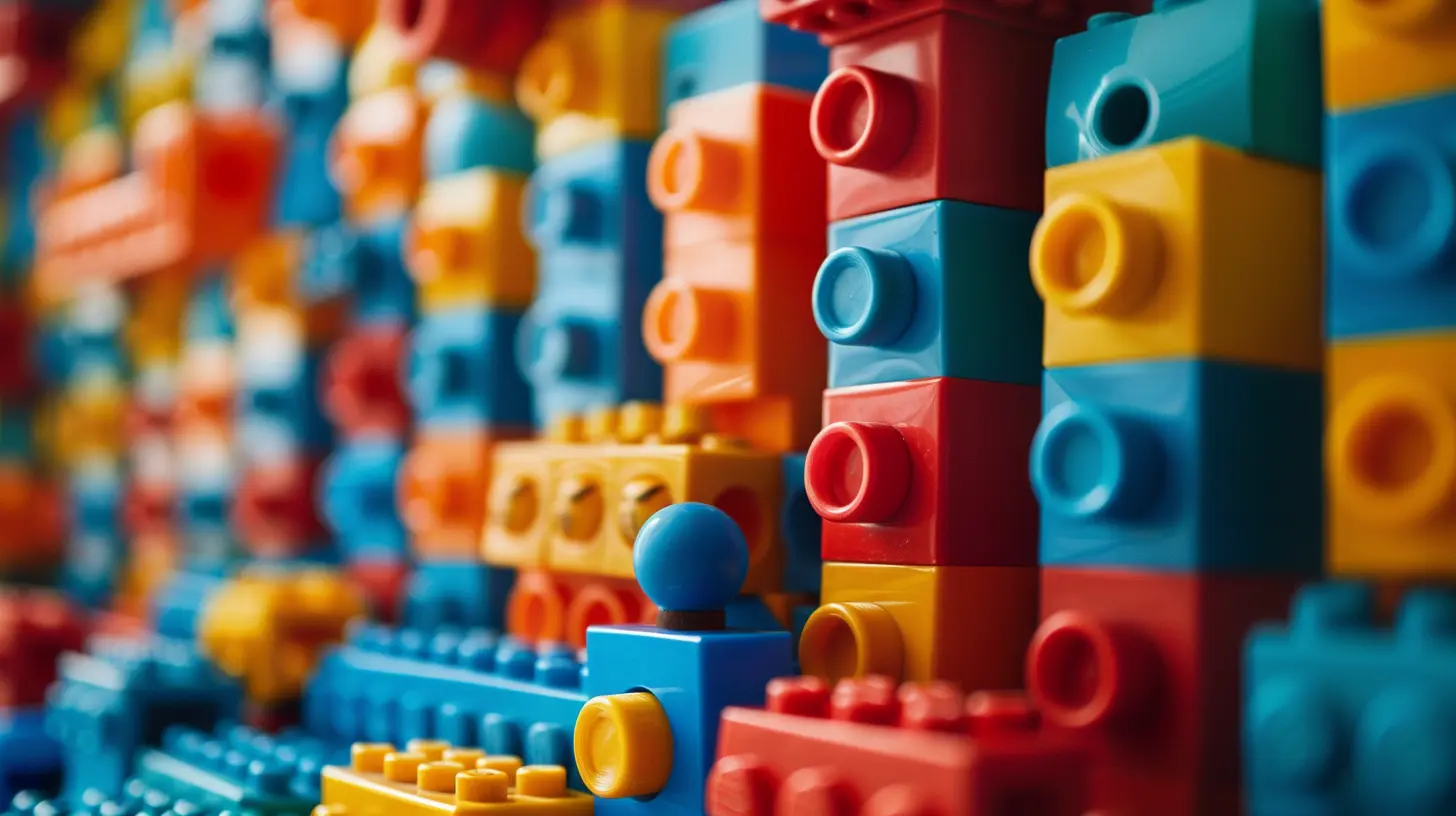
Types of Play That Support Learning
Let’s break down the main types of play you can use to boost learning. Spoiler alert — it’s not just one-size-fits-all.1. Free Play
This is unguided, spontaneous play. Kids choose what they want to do, and that freedom lets them explore their interests and build independence. Think of it like giving their creativity a wide-open field to run wild.2. Guided Play
Okay, now there’s some adult involvement, but it’s subtle. You set up an activity with a learning goal in mind (for example, a counting game), but kids still drive the experience.3. Structured Play
This one is more controlled. It includes clear rules and objectives — like board games, puzzles, or educational video games. Great for developing logic, patience, and strategy.4. Pretend Play
Ever seen a child transform a cardboard box into a pirate ship? That’s pretend play at its best. It encourages storytelling, role-playing, and empathy — basically a playground for the imagination.5. Physical Play
Climbing, dancing, hopscotch — this kind of play helps develop gross motor skills and body awareness. Plus, it burns off that endless energy (you know what I’m talking about).How to Incorporate Play-Based Strategies in Your Classroom or Home
So now that we know how awesome play is, how do we bring it into everyday learning? Don’t worry — you don’t need to turn your home or classroom into an amusement park. Small changes can make a big difference.1. Create a Play-Rich Environment
First things first — set the stage. This means creating a space that invites exploration. Think open shelves, accessible materials, cozy reading corners, and nooks for quiet play. The more inviting the space, the more naturally kids will engage.2. Integrate Learning Goals into Play
You can sneak academic skills into play without making it feel like work. For example:- Use blocks to teach math (counting, balancing, symmetry).
- Play store to practice money concepts and role-play.
- Set up a science corner with magnifying glasses and natural objects for observation.
3. Ask Open-Ended Questions
Instead of telling kids what to do, ask questions that spark thinking:- “What do you think would happen if…?”
- “Can you show me another way to do that?”
- “Why do you think that happened?”
It’s like tossing a curiosity grenade into their brains — they can’t resist exploring.
4. Follow Their Lead
Watch what excites them and build on it. If they’re into dinosaurs, create a dino dig with sand and fossils. If trains are the obsession, turn it into a geography lesson with maps and route planning. Let their interests guide the learning path.5. Embrace Mess and Mistakes
Play is messy, unpredictable, and sometimes chaotic. And that’s okay. It’s in the mess that some of the best learning (and laughter) happens. Don’t shy away from mistakes — they’re just stepping stones wearing silly hats.6. Blend Play with Technology (Mindfully)
Not all screen time is evil. Interactive learning games, storytelling apps, and digital puzzles can be part of your play toolkit — just use them with intention and balance.7. Schedule Time for Unstructured Play
Over-scheduling is one of the biggest enemies of play. Kids don’t always need a packed agenda. Give them the gift of time — to be bored, to tinker, to invent. Often, that's when the magic happens.
Play-Based Strategies by Age Group
Let’s look at how play can evolve with age while still being a central learning strategy.Early Childhood (Ages 3-5)
At this stage, play is everything. Incorporate lots of pretend play, sensory activities (playdough, water play), and stories. Keep it hands-on, and remember — repetition is the secret sauce at this age.Elementary (Ages 6-11)
Here you can start blending in more structured learning games, storytelling, and role-play tied to academic subjects. Group projects, board games, and maker spaces are your best friends.Middle School and Beyond
Believe it or not, older students still benefit from playful learning. Design challenges, simulations, and project-based learning keep engagement high and curiosity alive. Think less "play" in the traditional sense and more "playful mindset."Common Myths About Play in Learning
Let’s bust a few myths that keep people from embracing play-based learning.“Play is just for little kids.”
Definitely false. All humans, including adults, learn better when we’re engaged, curious, and relaxed. Play doesn’t have an age limit — it just changes form.“Play means no structure.”
Not true. Play can be structured, guided, or free, and each variation supports learning differently.“There’s no time for play in serious academics.”
Actually, play enhances academic performance. Kids who learn through play often develop stronger memory, focus, and problem-solving skills. So, it’s not a waste of time — it’s an investment.
Final Thoughts: Let’s Make Learning Joyful Again
Look, no one remembers the worksheet they filled out in second grade — but they might remember building a cardboard city, making a volcano erupt, or acting out a story with their classmates. That’s the kind of learning experience play gives us — rich, emotional, and unforgettable.The role of play in learning is too powerful to ignore. It’s not a luxury, it’s a necessity. So, let’s create spaces, opportunities, and mindsets that let play flourish — because when kids play, they don’t just have fun. They grow. They learn. They thrive.
all images in this post were generated using AI tools
Category:
Teaching StrategiesAuthor:

Eva Barker
Discussion
rate this article
1 comments
Nala Shaffer
This article brilliantly highlights the importance of play in learning! Incorporating play-based strategies can truly enhance engagement and creativity. Excited to implement these ideas and foster a joyful learning environment!
November 1, 2025 at 3:39 AM

Eva Barker
Thank you for your kind words! I'm thrilled to hear you're excited to implement play-based strategies in your learning environment. Happy playing and learning!

